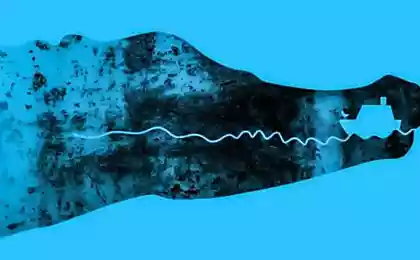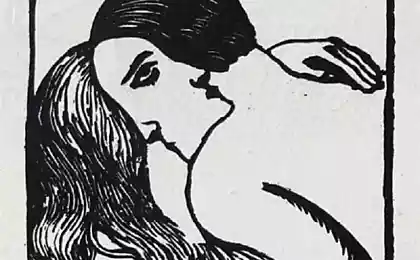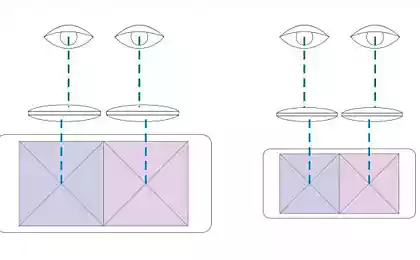786
You can't guess what's in the picture!
So be it, the site gives a hint: this is a female wardrobe item of the 15th-16th centuries!
Here's the correct answer: These are platform shoes that protect against dirt and sewage.
The most famous ancient sewerage was built on the territory of ancient Rome. Cloaca Maxima (or, as it is also called, the Big Cloaca) was so huge that it could move on boats in several rows. With the fall of the Roman Empire, many inventions were forgotten.
In medieval Europe, sewage was absent, sewage was thrown directly onto the streets. Dysentery, typhoid fever, plague and cholera epidemics for several centuries mowed down Europeans by hundreds of thousands. Boccaccio in the Decameron clearly depicted the toilet of that time. Two poles with nailed boards on top were located in a narrow alley between the houses. Only the rich could afford a cesspool box.
In order not to get dirty in the slops, special shoes were invented - chopines. The shoes were provided with a high platform, which allowed women to keep their feet clean. It is believed that chopines were mainly worn by Venetian courtesans, but this is not true, they were common in many European countries, similar shoes were even in the English Queen Elizabeth I. The height of the platform varies greatly, reaching in some cases half a meter. For beauty, shoes were covered with leather, velvet, lace, decorated with precious stones.
However, few people managed to walk gracefully in such shoes. Therefore, the ladies wore it only in the presence of cavaliers or maids who helped them move. Chopines were stopped only in the XVIII century under the influence of English fashion, changing the platform to a high heel.
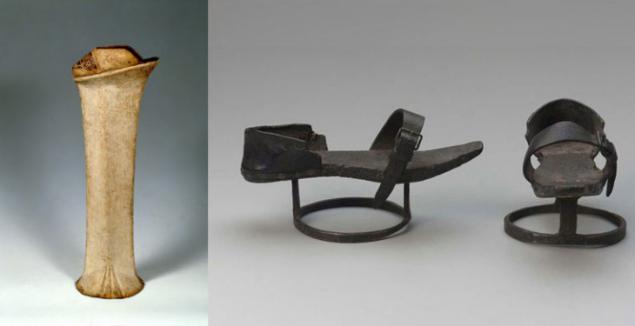

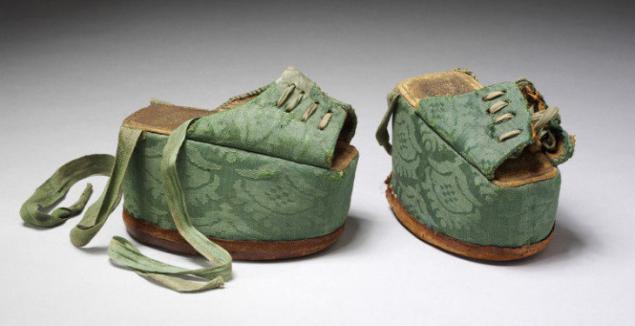
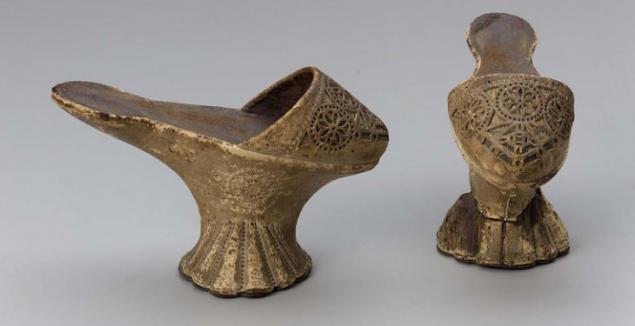

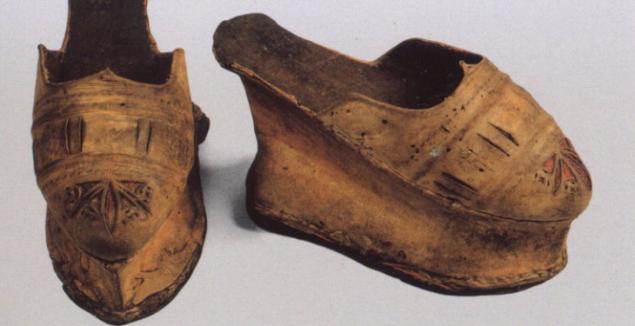
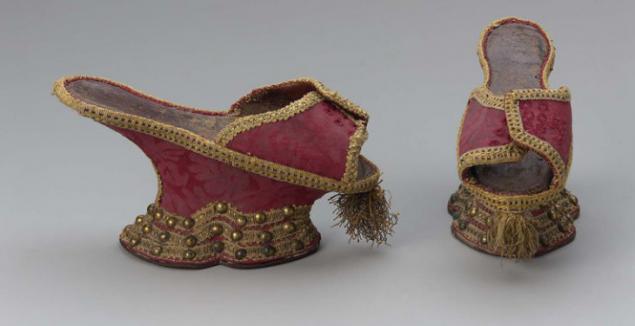
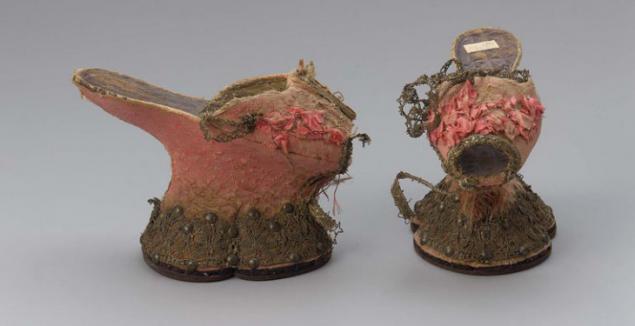
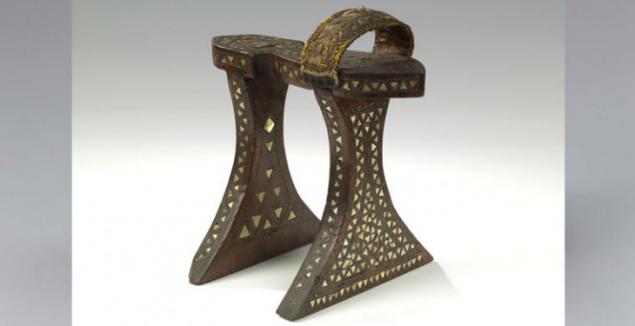
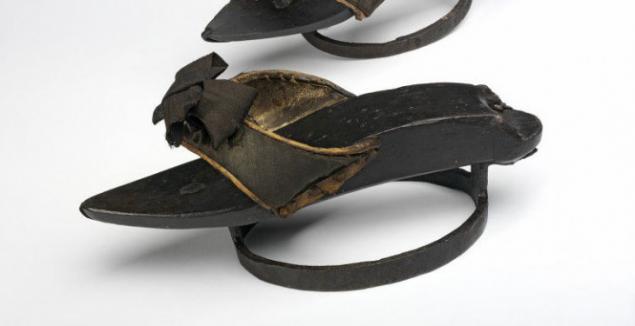
via www.moya-planeta.ru/travel/view/vopros_chto_jeto_15289/
Here's the correct answer: These are platform shoes that protect against dirt and sewage.
The most famous ancient sewerage was built on the territory of ancient Rome. Cloaca Maxima (or, as it is also called, the Big Cloaca) was so huge that it could move on boats in several rows. With the fall of the Roman Empire, many inventions were forgotten.
In medieval Europe, sewage was absent, sewage was thrown directly onto the streets. Dysentery, typhoid fever, plague and cholera epidemics for several centuries mowed down Europeans by hundreds of thousands. Boccaccio in the Decameron clearly depicted the toilet of that time. Two poles with nailed boards on top were located in a narrow alley between the houses. Only the rich could afford a cesspool box.
In order not to get dirty in the slops, special shoes were invented - chopines. The shoes were provided with a high platform, which allowed women to keep their feet clean. It is believed that chopines were mainly worn by Venetian courtesans, but this is not true, they were common in many European countries, similar shoes were even in the English Queen Elizabeth I. The height of the platform varies greatly, reaching in some cases half a meter. For beauty, shoes were covered with leather, velvet, lace, decorated with precious stones.
However, few people managed to walk gracefully in such shoes. Therefore, the ladies wore it only in the presence of cavaliers or maids who helped them move. Chopines were stopped only in the XVIII century under the influence of English fashion, changing the platform to a high heel.










via www.moya-planeta.ru/travel/view/vopros_chto_jeto_15289/


